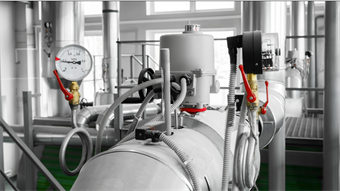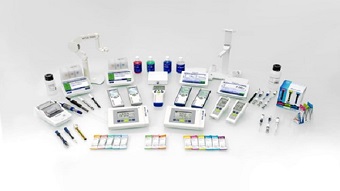Mechanism to Counter Corrosion in Metals Discovered
December 31, 2014A new study reveals that certain characteristics of metal surfaces can stop the process of oxidation in their path.
Corrosion by oxidation, the chemical name most used for oxidation and other metal reactions to oxygen, is an inevitable and persistent process.
But the results of the investigation by researchers at University of Binghamton in the UK could be relevant to understand and, perhaps, control oxidation in an array of materials, from catalyzers to superalloys used in turbines of jet motors and the oxides in microelectronics.
Experiments used an electron microscope of low energy (LEEM) to capture the changes in the surface structure of a nickel-aluminium like stripes of metal oxide formed and growing under a rank of high temperatures.
The metal has a characteristic common to all crystal surfaces: a stepped structure composed of a series of flat terraces at different heights. The steps between terraces are one atom high, but they can have a significant effect on material properties. Being able to see the steps and how they change is essential to understanding how the surface will behave in different environments, in this case in response to oxygen, researchers say.
The study showed that the aluminum atoms involved in forming aluminum oxide stripes came exclusively from the steps, not the terraces. But the LEEM images revealed that the growing oxide stripes could not “climb” up or down the steps, but were confined to the flat terraces. To continue to grow, they had to push the steps away as oxygen continued to grab aluminum atoms from the edges. This forced the steps to bunch closer and closer together, eventually slowing the rate of oxide stripe growth, and then completely stopping it.
The findings were published in the Proceeding of the National Academy of Sciences.




